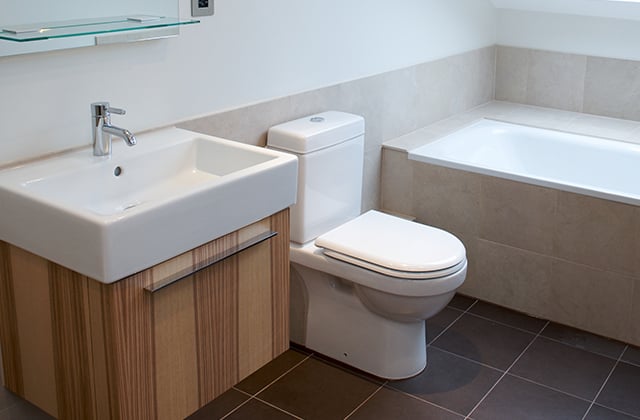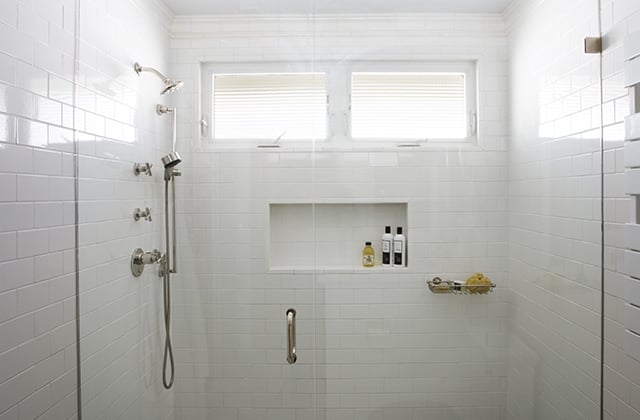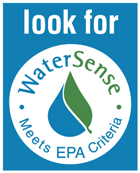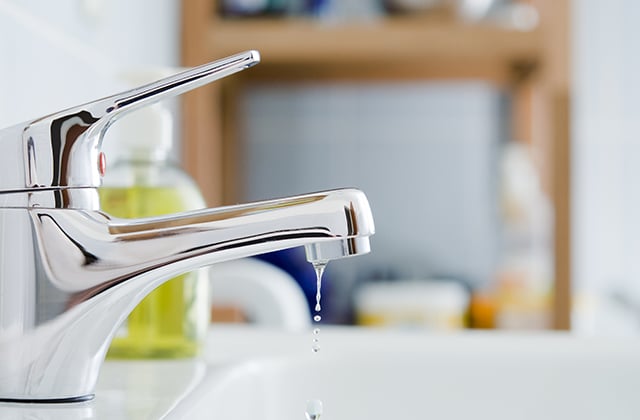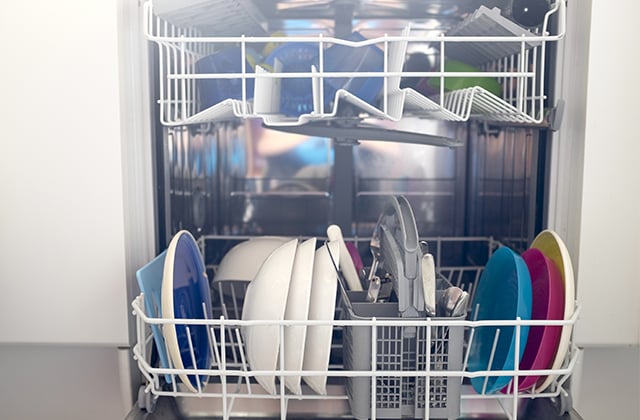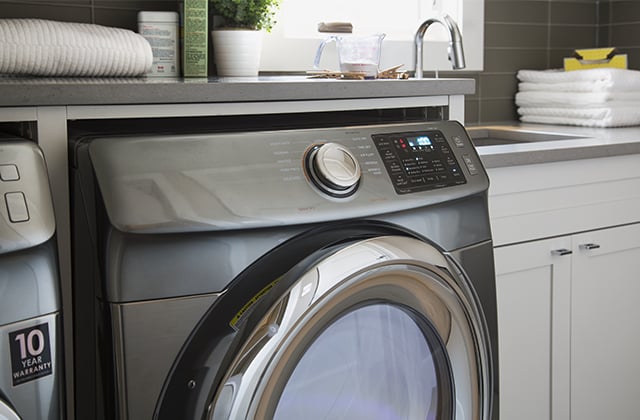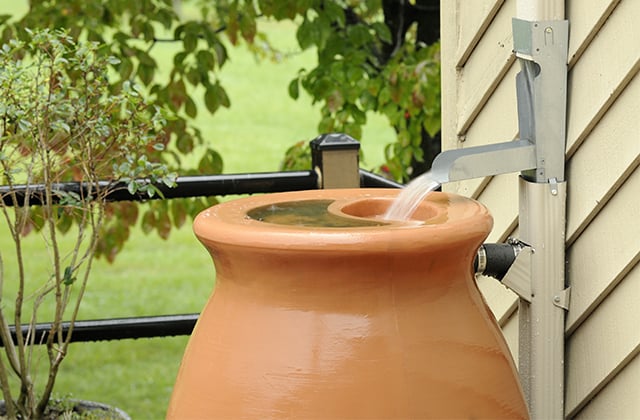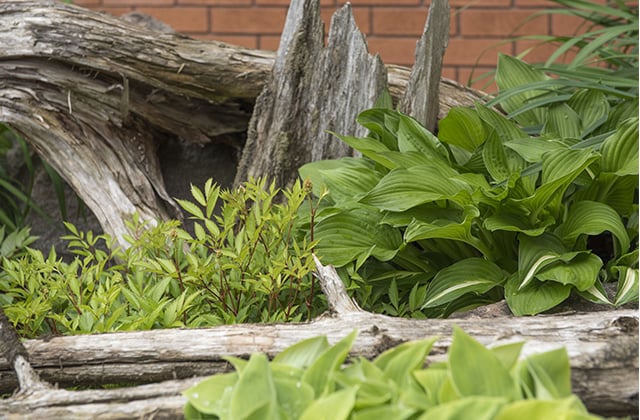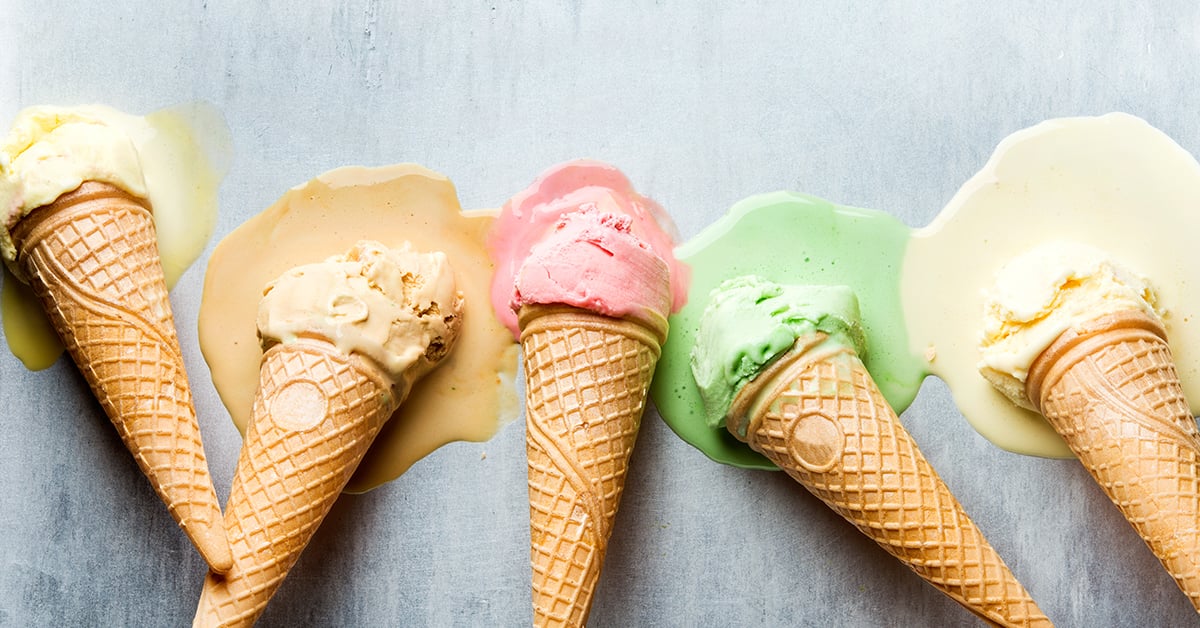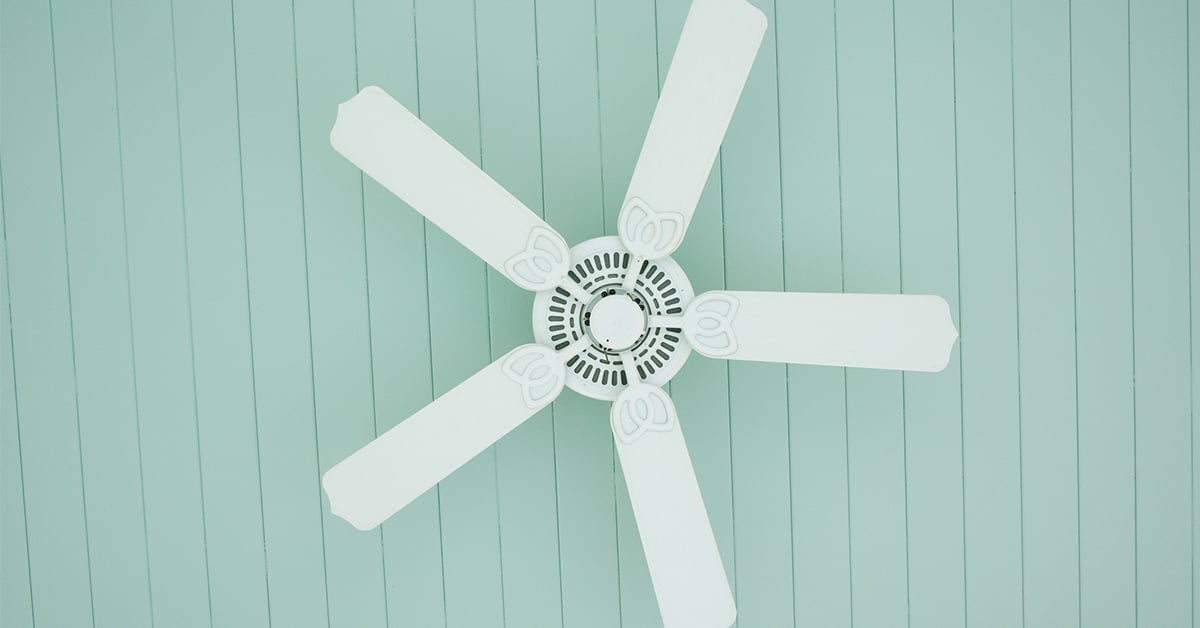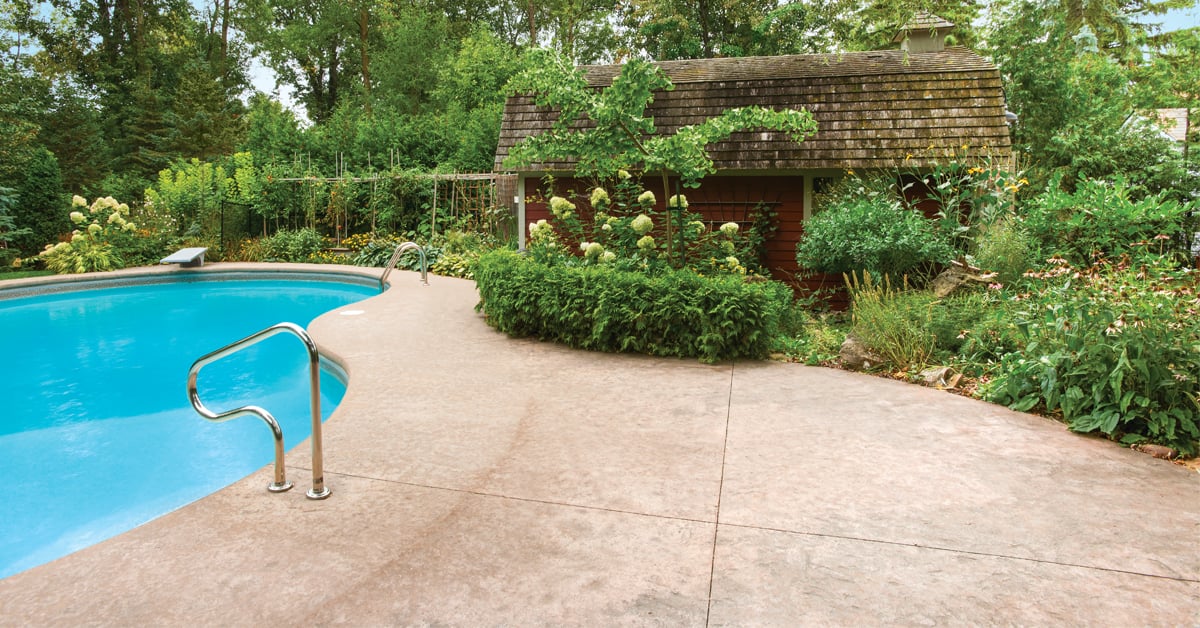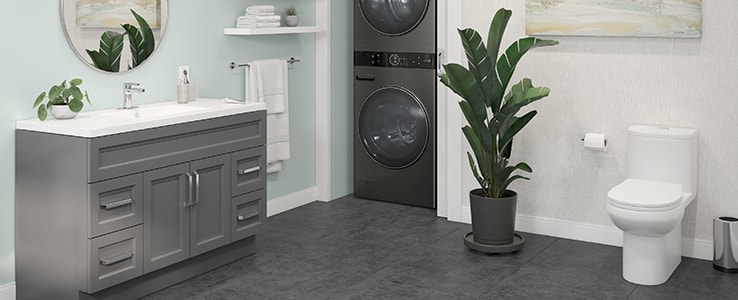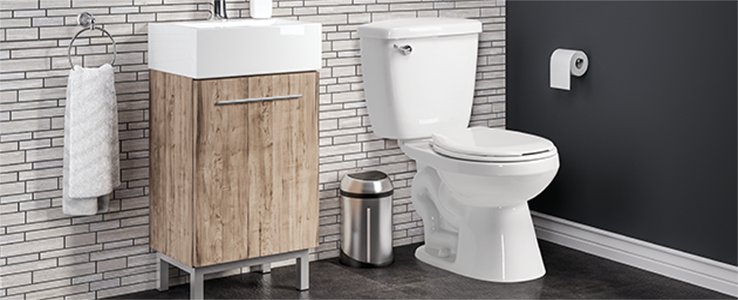Install WaterSense® certified toilets
Toilets account for over 30% of the water consumption in an average household. In fact, if your toilet is over a decade old, then it may be using as much as 18 litres per flush!
Newer, 4.8L/flush WaterSense® certified toilets use up to 20% less water than standard models. Save even more water by choosing a dual-flush model and taking care to use the dual-flush feature correctly. Alternatively, you can also convert an older, standard model into a dual-flush toilet.
By upgrading to a more effective toilet, you could stand to save as much as 24,000 litres of water per year.










